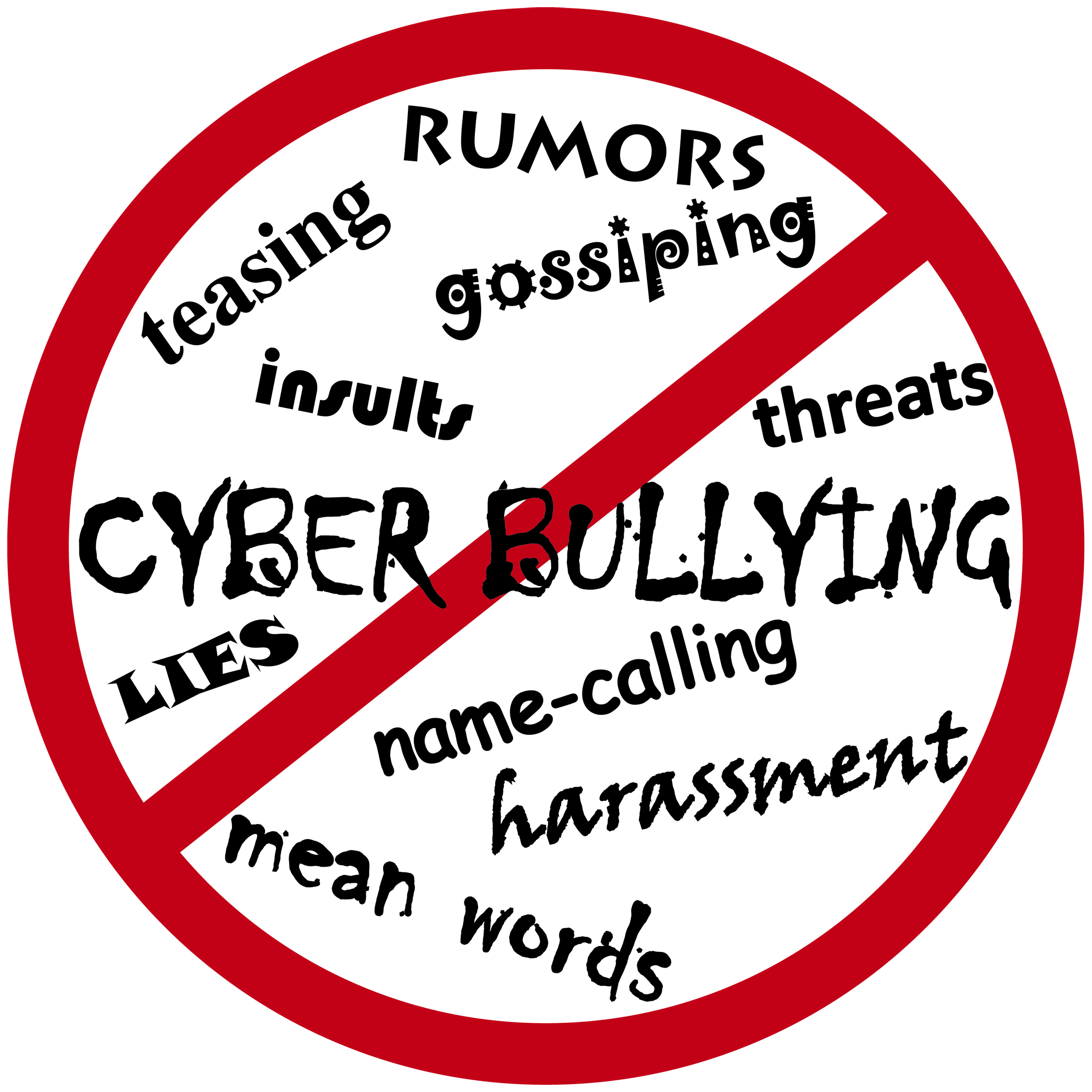What is “Netiquette”?
“Netiquette” is a combination of the words network and etiquette. Netiquette can be defined as a set of rules for acceptable online behavior. It’s important that we understand how we can be good “netizens”. The word “netizen” is a combination of the words Internet and citizen. “Netizen” refers to both a person who uses the Internet to participate in society, and an individual who has accepted the responsibility of using the Internet in a productive and socially responsible way.
In the real world, we are expected to use good manners and do what is right. This should be no different when using the Internet. We should always think about what we say and do online, because once you say or do something and hit “send” or “submit” you cannot take it back.
The Core Rules of “Netiquette” are:
- Rule 1: Remember the Human (Remember the Golden Rule: Do unto others as you would have them do unto you. Treat people the way you want to be treated!)
- Rule 2: Adhere to the same standards of behavior online that you follow in real life (Just because you are online doesn’t mean that you can break laws and get by with it.)
- Rule 3: Know where you are in cyberspace
- Rule 4: Respect other people’s time and bandwidth (When you send email or post to a discussion board or group, you are taking up other people’s time. Therefore, it’s your responsibility to ensure that the time they spend reading your post is not wasted.)
- Rule 5: Make yourself look good online (Pay attention to what you are writing and most importantly be sure that you know what you are talking about.)
- Rule 6: Share expert knowledge (Share what you know.)
- Rule 7: Help keep flame wars under control (“Flaming” is what people do when they express a strongly held opinion without holding back any emotion.)
- Rule 8: Respect other people’s privacy
- Rule 9: Don’t abuse your power
- Rule 10: Be forgiving of other people’s mistakes

Social Networking Policies for Students:
- Be nice!!! Never post hurtful or embarrassing messages about others. Treat everyone with respect.
- Think twice before posting or sending messages, pictures, etc. Remember that once it’s out there, you can’t get it back.
- Don’t share your personal information (name, address, age, phone number, birthday, email address, where you go to school, and other facts about yourself) with anyone!
- Don’t friend strangers!

What is cyberbullying?
Cyberbullying is the use of technology to harass, threaten, embarrass, or target another person.
Some examples of cyberbullying include:
- Mean text messages or emails
- Rumors that are sent by email or posted on social media
- Embarrassing pictures, videos, websites, or fake social media profiles
Cyberbullying Policies and Tips for Students:
- Don’t share pictures, videos, or anything that could hurt or embarrass others.
- Don’t send hurtful messages to others.
- Don’t respond to and don’t forward cyberbullying messages.
- Keep evidence of cyberbullying.
- Block the person who is cyberbullying.
- Most importantly, tell an adult!!!
If you, or someone you know is being cyberbullied, immediately notify an adult. Also, check out this Internet resource on cyberbullying:
- StopBullying.gov, is a federal government website managed by the U.S. Department of Health & Human Services. This website has a “Cyberbullying” section which defines cyberbullying and how to prevent and report cyberbullying. Visit this website at: https://www.stopbullying.gov/cyberbullying/index.html


References:
Information:
A. (2012, March 08). Prevent Cyberbullying. Retrieved July 01, 2017, from https://www.stopbullying.gov/cyberbullying/prevention/index.html
A. (2012, March 08). Report Cyberbullying. Retrieved July 01, 2017, from https://www.stopbullying.gov/cyberbullying/how-to-
A. (2012, March 07). What is Cyberbullying. Retrieved July 01, 2017, from https://www.stopbullying.gov/cyberbullying/what-is-it/index.html
Dowshen, S. (Ed.). (2013, January). Safe Cyberspace Surfing. Retrieved July 01, 2017, from http://kidshealth.org/en/kids/internet-
Hirsch, L. (Ed.). (2014, June). Cyberbullying. Retrieved July 01, 2017, from http://kidshealth.org/en/parents/cyberbullying.html?ref=search
Hirsch, L. (Ed.). (2014, August). Teaching Kids to Be Smart About Social Media. Retrieved July 01, 2017, from
http://kidshealth.org/en/parents/social-media-smarts.html?WT.ac=p-ra
Netiquette and Online Ethics: What Are They? (n.d.). Retrieved July 01, 2017, from
THE CORE RULES OF NETIQUETTE. (n.d.). Retrieved July 01, 2017, from http://www.albion.com/netiquette/corerules.html
Images:
http://itsallaboutculture.com/wp-content/uploads/2013/10/ntiqet.jpg
https://s3.amazonaws.com/easel.ly/all_easels/344378/THINK/image.jpg
https://s-media-cache-ak0.pinimg.com/236x/a3/7e/35/a37e35291693f31c4c098dd05a3f3626.jpg
Videos: